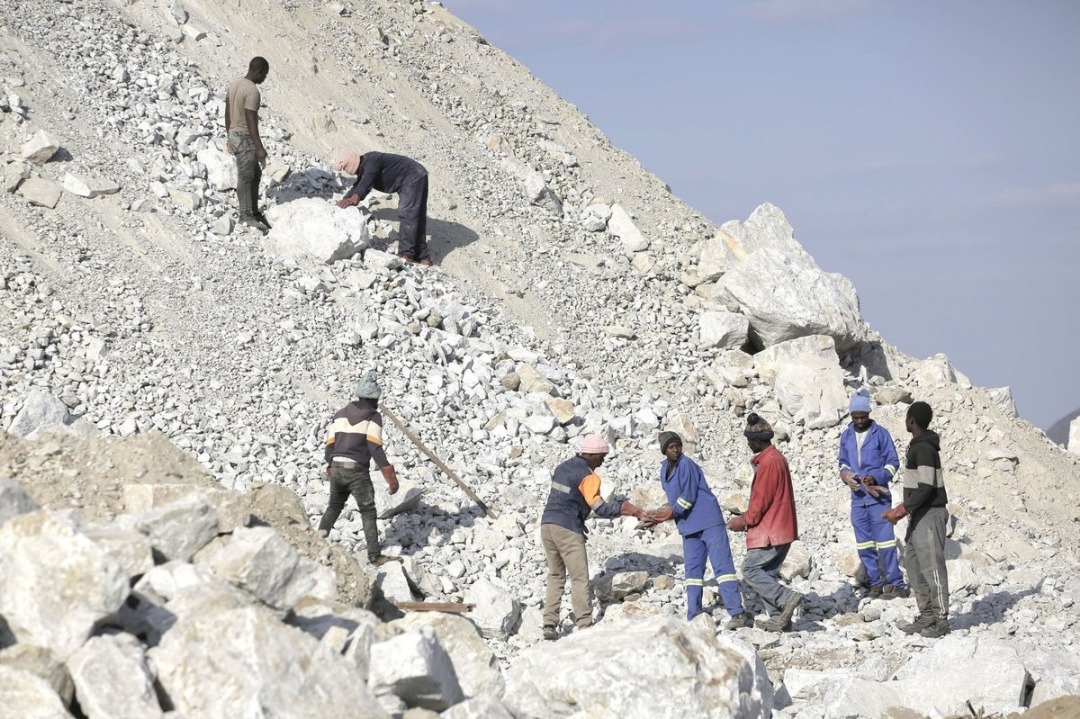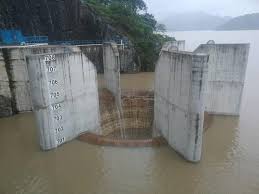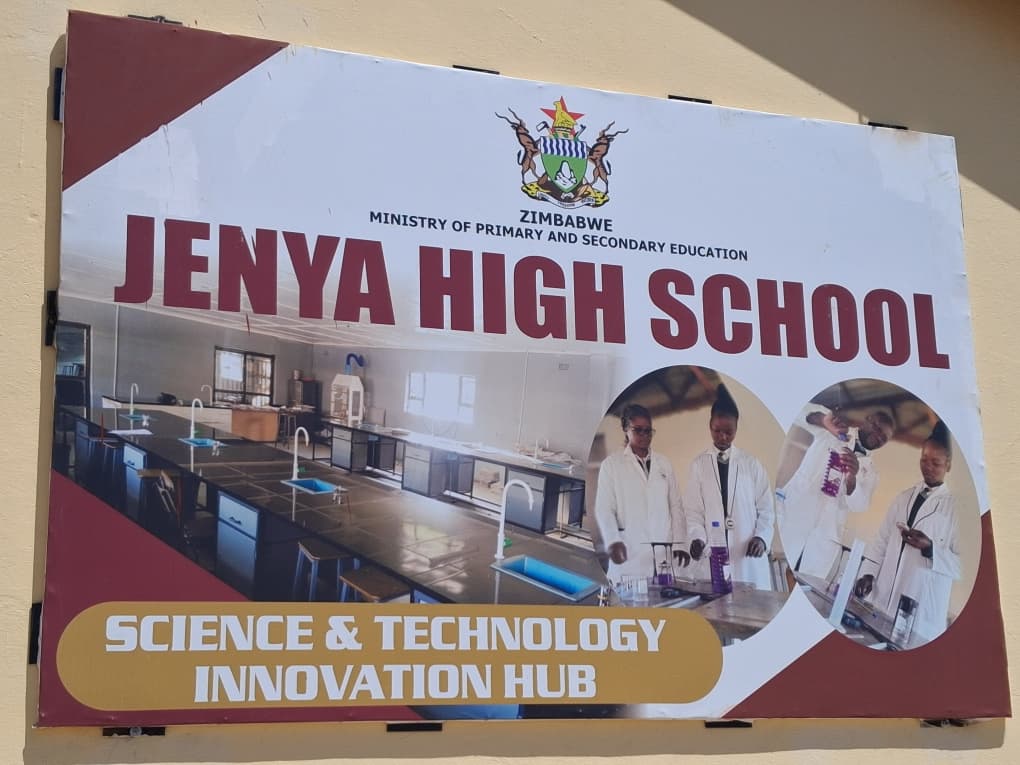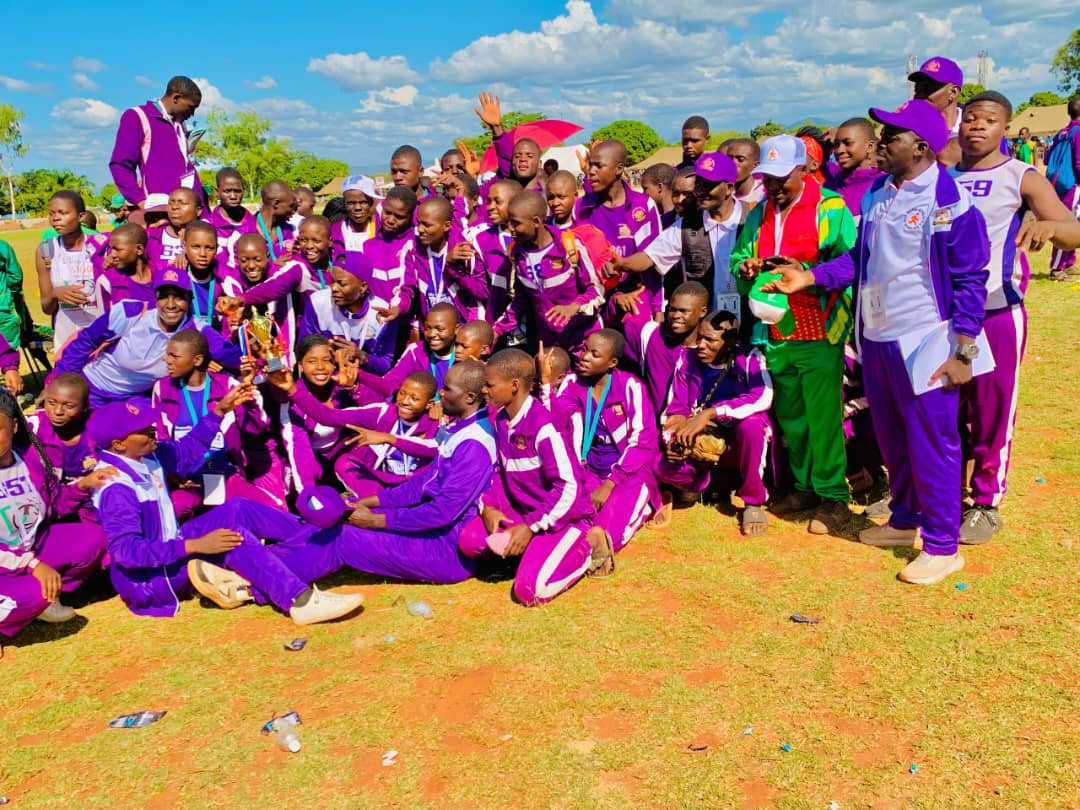Rutendo Chirume
A new report by the Centre for Natural Resource Governance (CNRG) has exposed the mounting despair and disillusionment among villagers in Mberengwa, where lithium mining operations at Sandawana Mine are causing deep environmental, social, and economic turmoil.
Titled “Mberengwa Villagers Agonise Over Sandawana Operations,” the report offers a sobering account of the community’s experience with the so-called lithium rush, painting a stark picture of broken promises, exclusion, and ecological destruction in the wake of large-scale mining.
Compiled through direct observation and interviews with local residents, the report reveals a widespread sense of betrayal. Many villagers say the mining boom has brought little benefit to them, while fueling the enrichment of foreign buyers and mining interests.
“The resource boom has enriched outsiders and left us with dust, noise, and poisoned water,” said one villager quoted in the report.
Rampant Smuggling and Foreign Buyers
One of the most alarming revelations in the report is the rampant smuggling of lithium, allegedly facilitated by foreign buyers—particularly of Chinese origin—who are accused of purchasing raw ore from artisanal miners. Villagers claim that nighttime shipments of unprocessed lithium, sometimes mixed with emeralds and tantalite, are being moved out of the area in violation of Zimbabwean laws, which require local processing of strategic minerals.
Environmental Devastation
The environmental impact of the mining operations is equally troubling. The clearing of vegetation, extensive soil disturbance, and chemical usage have contributed to habitat destruction, soil erosion, and water pollution, according to the report. These changes have disrupted local farming and wildlife, pushing communities to the brink.
Additionally, blasting at the mine site has reportedly caused structural damage to nearby homes. Villagers described cracks forming in their houses and being forced to vacate their homes during blasting times—a practice the mining company acknowledges by posting warning signs.
Exclusion and Economic Injustice
Socially, the community feels marginalized and left behind. Initially, some locals participated in artisanal mining, but the formalization of operations has pushed many out of the lithium economy. The report highlights a notable gender gap, with women largely excluded from employment opportunities at the mine.
“We were told this mine would bring jobs and development, but most of us are still unemployed and struggling,” said a local woman.
There is also a growing mistrust between villagers and mining authorities, fuelled by a perceived lack of transparency and unfulfilled development promises. Residents say that while their ancestral lands produce valuable resources, they are bearing the costs—displacement, environmental harm, and social disintegration—without sharing in the profits.
A Call for Justice and Accountability
The CNRG report calls for urgent action to address these grievances. It urges greater environmental responsibility, transparency in mining operations, and a fairer distribution of benefits to ensure that the community is not left in poverty while their land generates wealth for others.
“This is not just a mining issue. It’s a justice issue. Communities like Mberengwa deserve to benefit meaningfully from their resources—not just endure the costs,” said the report.
As Zimbabwe positions itself as a major player in the global lithium market, the Mberengwa case raises critical questions about resource governance, equity, and sustainability in mineral-rich but underserved communities.








